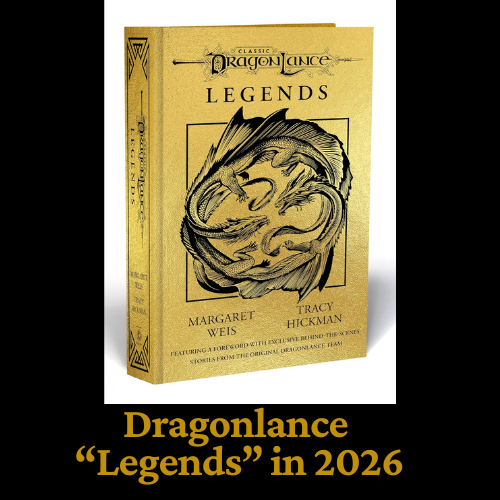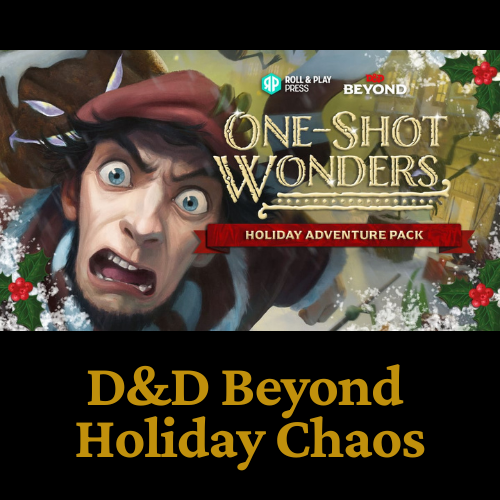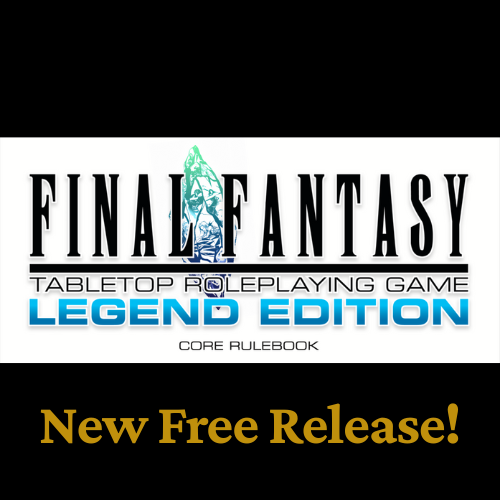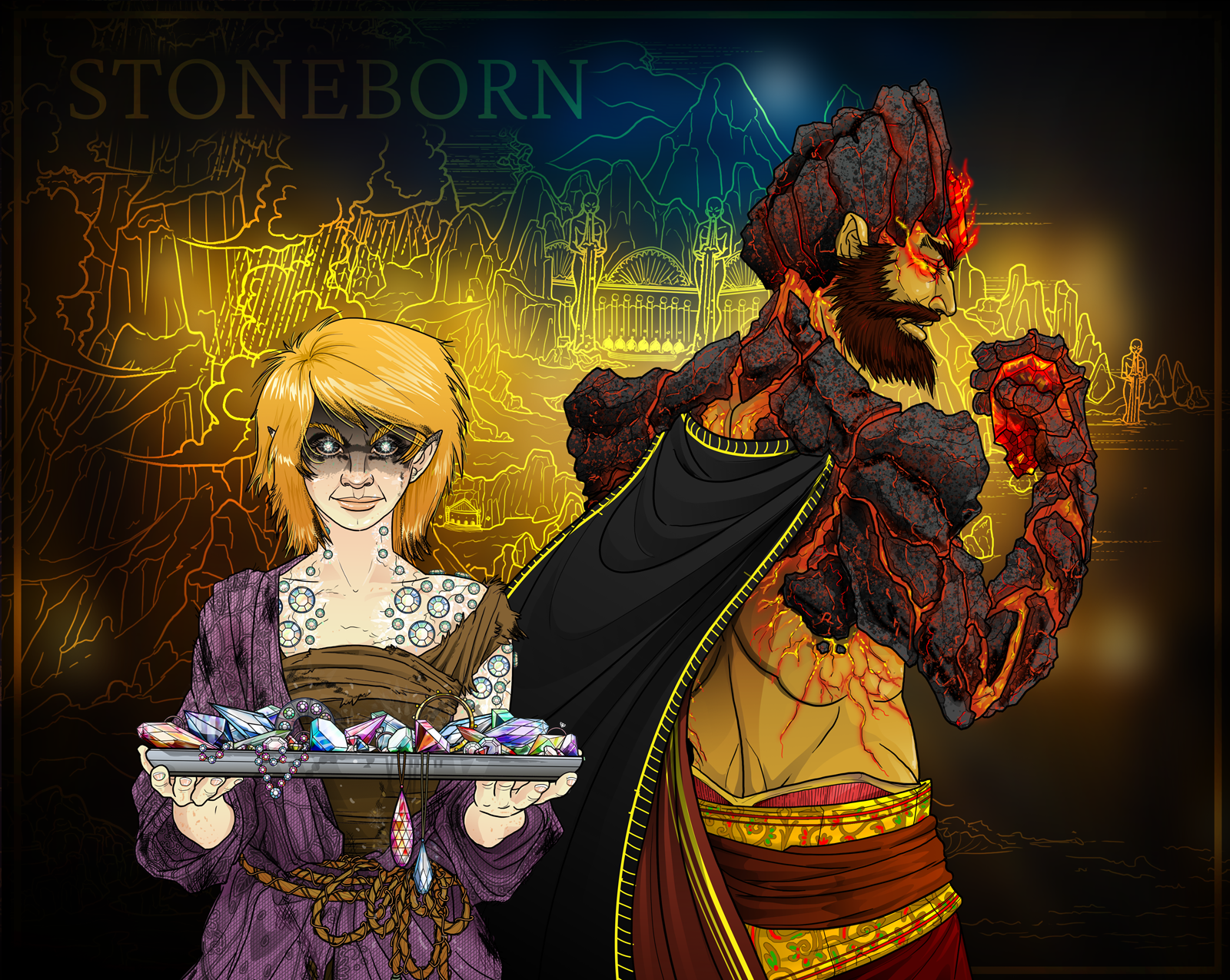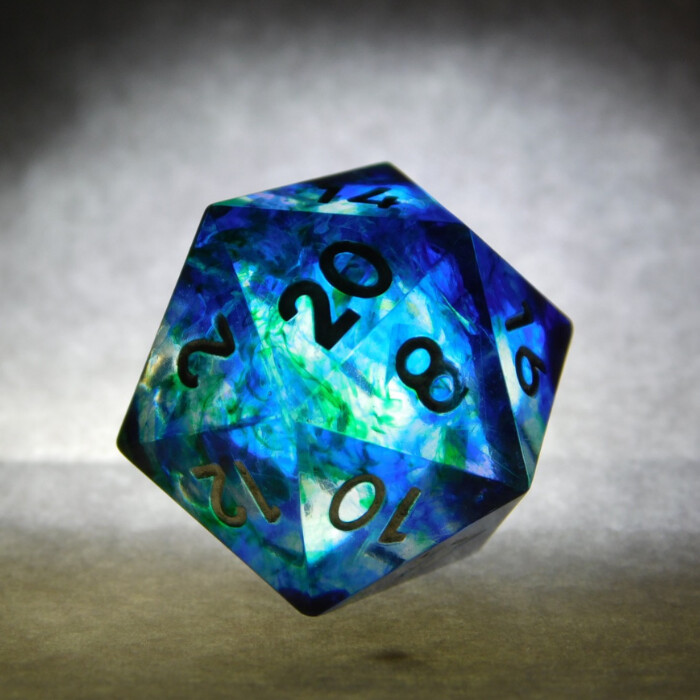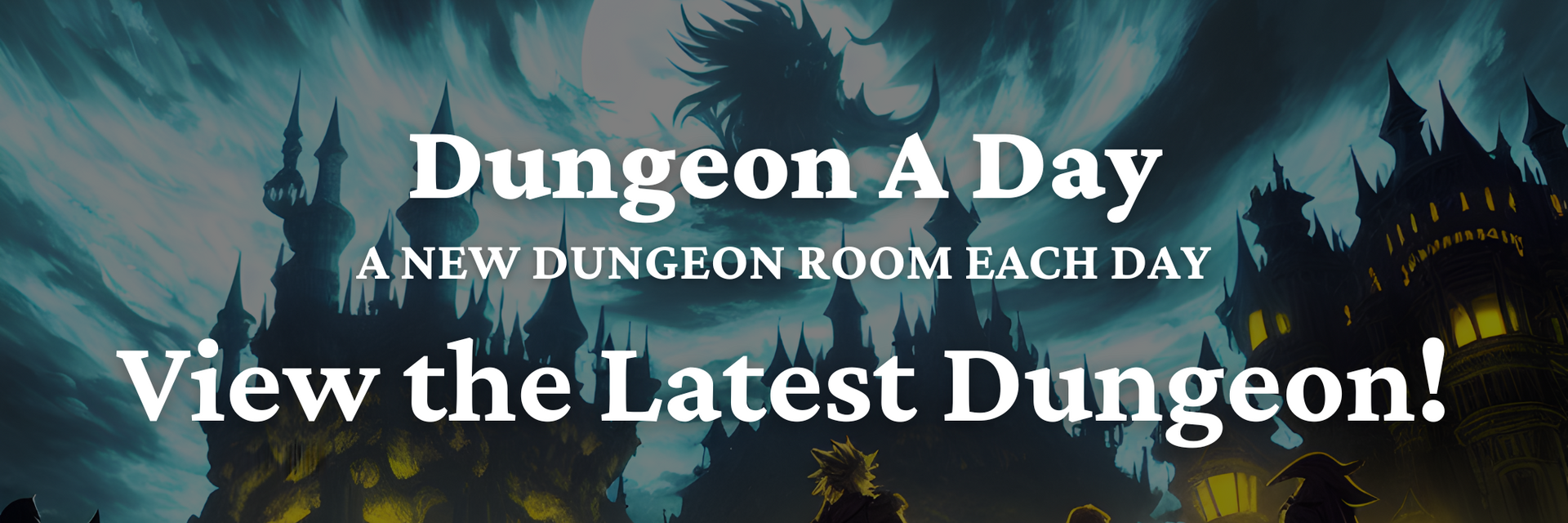Haste 5e Strategies
If you’re looking for more speed, extra actions, and more defenses for your D&D 5e game, then the haste 5e spell must have caught your attention.
Haste is one of the game’s most iconic spells, from even the very first edition Dungeons and Dragons. Though the rules have changed slightly, nowadays, D&D’s haste 5e can give you an edge when battling monsters, allow you to escape dangerous situations, and give your teammates terrific mobility in key situations. Of all spells in any TTRPG, haste has to be one of my favorites, if for no other reason than how much fun it can be.
If you're ever playing a classless RPG (such as a system like Skyrim offers), then you know that haste is one spell that virtually everyone ends of choosing to enhance their character, at least by the end of the game.
So, want to know more about how haste 5e works in D&D, what classes can use the spell, when you can use it, or which scenarios the spell is most beneficial? Keep scrolling as I share with you how to maximize this great spell.
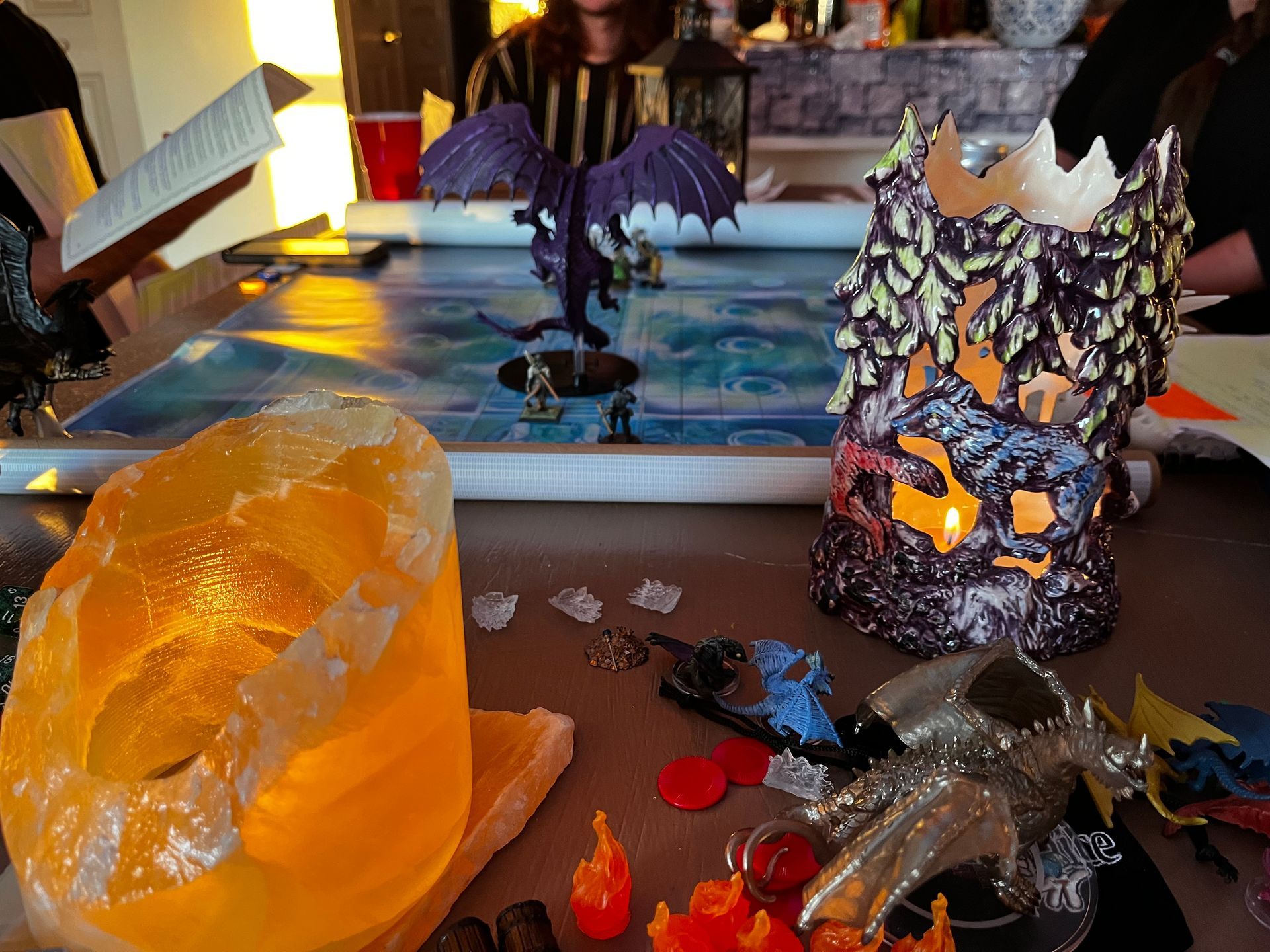
How Haste 5e Works
The Haste 5e spell is a third-level transmutation spell. Transmutation spells cause changes in creatures’ physical properties, so if your wizard ally casts a haste spell on you, you’ll be remarkably fast, along with a host of other related benefits.
When casting haste 5e, you pick one willing creature that you can see within a 30-foot range. The speed of the target is then doubled. Apart from that, the target also enjoys a bonus +2 their AC, a dexterity saving throw advantage, and an extra action each turn as well, which the target can (only) use to hide, disengage, dash, use an object, or make one weapon attack.
Haste is a concentration spell, and lasts up to one minute. The spell also comes with a downside since when its effect ends, the target becomes exhausted and can’t take any further actions or move until their next turn.
What Classes Can Cast Haste?
Wizards, Sorcerers, and Artificers can all cast Haste 5e. Wizards and Sorcerers may learn the spell at fifth level, while Artificers have to wait a bit longer, and may only acquire the spell at ninth level. Several subclasses also have access to haste 5e though.
Ninth Level Subclasses: horizon walker rangers, oath of vengeance, and oath of glory paladins are all able to cast haste once they reach ninth level.
Thirteenth Level Subclasses: similarly, eldritch knights and arcane tricksters gain a third-level spell slot once they reach level 13, which they can use to acquire haste.
Fifteenth Level Subclasses: for blood hunters joining the order of the profane soul, haste becomes accessible at level 15.
Circle of the Lands Druids: this druid subclass is also able to cast the haste spell if they pick Grassland as their connection.
Rakdos Cultist
The only background that can offer the capacity to cast a haste spell is Rakdos Cultist. However, Rakdos Cultist is found in the Guildmaster’s Guide to Ravnica, which means that the campaign should be set in Ravnica to be legal for Adventurer’s League. Although for any other type of RPG campaign, most dungeon masters are likely to let it fly, regardless.
Characters with the Rakdos Cultist background should also make sure to have the Pact Magic class or a spellcasting capacity, too.
Rare Items
You can drink a Potion of Speed to get a one-minute haste effect that does not require concentration. However, this item is quite rare, so you shouldn’t count on always having one available during important moments of your campaign.
Speaking of rare items, there’s also the Infernal Machine of Lum the Mad, then the legendary weapon Blackrazor, which both allow players to caste the haste spell (though both also come with terrible risks).
D&D 5e Spell Card Decks
As a quick aside, if you haven't seen the spell cards they make for D&D now, they're worth checking out. If you're like me and my gaming group, you often have lengths of time where someone has to look up a spell's specific effect, which of course means piling rulebooks on the table. Normally, that's no big deal, but during a combat encounter - such as when you're actually using a spell like haste 5e - that can be a bit anti-climactic.
The D&D spell cards contain all the spell info you need to know for each class. When your players learn a new spell, just have them pick out that single card from the deck, and keep it next to their character sheet. Next time they need reminders on how to use it, they can quickly reference the spell without causing a hangup. Lastly, this particular bundle (if you want them all) will save you about $40 off the normal price for buying the spell cards separately.
How to Optimize the Haste 5e Spell
Since haste 5e comes with so many beneficial effects, there are actually numerous ways to optimize your use of the spell. Overall, I wouldn’t say that haste is necessarily a top-tier spell in D&D, so you really want to make sure when casting it that you are getting the most out of your efforts.
Buff Martial Classes
Compared to spellcasters, martial classes benefit much more from haste. Since you can’t use your additional action from haste 5e to cast a spell, haste’s offensive piece is basically wasted on a caster. Meanwhile, the melee brute or deadly ranger in your group actually benefit quite a bit from that extra attack per round that haste grants them.
Class-Specific Optimizations
Arcane tricker, eldritch knight, war mage, sword bard, or bladeslinger all have relatively low AC compared to other martial classes, yet still often find themselves on the front lines of any combat encounter. It’s a great idea if you’re playing one of these classes to get haste, as it not only increases your survivability and defense against area of effect spells, but also gives you more weapon attacks each turn.
Check out my post on some specific character ideas for your game that you might be able to fit in with a haste build. If you want to create a character or NPC based around a haste spell concept, that guide could be of some help for you.
Escort Missions
D&D is rife with quests where you need to protect someone during a journey, and let’s be honest – the ones you’re helping are usually pretty weak, and they’re often incapable in a fight. Thus, of course, why they hired your heroes in the first place.
When you get into any kind of battle during your escorting mission, protect important NPCs with haste, which of course gives them +2 AC, advantage on dexterity saving throws, and enough bonus on movement that they should be able to reposition themselves away from the main danger to stay relatively safe.
Of course, haste can come in handy for any number of quests and encounters. If you want to use it more in your game and need some ideas, check out these awesome D&D Quest Ideas for inspiration.
Insane Movement with Dash
In any situation where you or your ally wants to become faster and more evasive, haste is a good spell to cast. Hasted characters obviously get double movement speed, but they can also use their extra action for the turn to dash, which also doubles your movement speed for the turn. Most characters start with a speed of 30 feet, so dashing while hasted actually quadruples your speed to 120 feet (which is pretty insane).
Avoid TPKs
Worst-case scenario, the wizard in your group who's able to cast haste can probably survive most TPKs in D&D. So long as one person in your group survives (and your party's high enough level to afford such things), they can run back to town, and find a way to eventually resurrect everyone else. Since a hasted team member has extra defenses, and probably enough movement speed to outrun any danger, they can act as your last line of defense against a total party wipe.
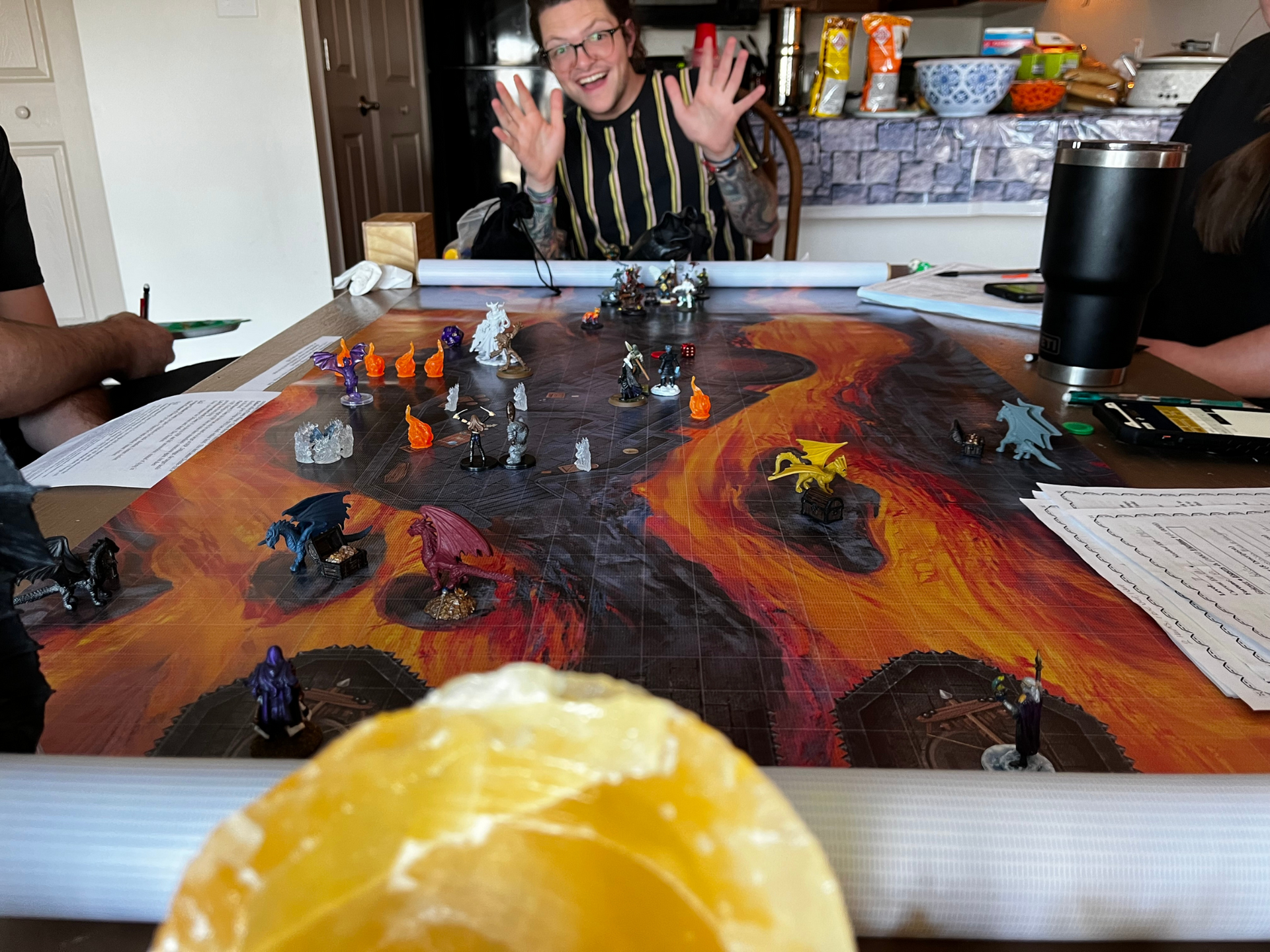
The Downsides of Haste 5e
Haste can be useful in terms of mobility and defense, but it’s also received some criticism from the D&D community, and for good reason. In the right situations, I still feel that haste 5e has its place, and so long as you use it in the situations provided above (or something similar), you should be fine. But to be honest, spells like Bless 5e actually have much more overall utility. Here’s why:
Losing Concentration is a Major Negative
The single biggest drawback to haste is the negative effect for losing concentration. According to the Player’s Handbook, after the haste spell ends, the spell’s target can’t move or take any action until after their next turn.
Honestly, concentration spells are kind of bad enough because:
- Each character can only maintain one spell at a time.
- And whenever you’re attacked while maintaining a spell, you have a chance to lose concentration of that spell, and thereby also lose its benefits.
However, with haste, two party members suffer the consequences of a failed concentration save, as the target character also loses an entire turn on top of the spell’s effects being lost. That’s pretty bad. Bad enough in many cases that it’s actually not even worth casting haste on someone to begin with, if you think there’s any chance at all that you might fail a concentration save.
Phantom Steed for Movement
There are also other several lower-level spells that provide the same benefits as haste, just broken up into separate effects. Phantom steed, for example, gives the target a speed of 100 feet (replacing that character’s normal speed value), meaning that phantom steed actually gives a substantially better movement speed boost than haste does, for most characters.
If the phantom steed is attacked, it fades, true, but most monsters won’t waste their time attacking the summon from a 1st-level spell slot. So, at least as far as movement speed goes, haste is definitely not the overall best option, even though it’s a 3rd-level spell.
Raw Damage from Spells like Fireball
Haste’s bonus attack that it gives is definitely nice for warrior-type classes, but when it comes to damage output, there are many better options. Haste takes 1 action to cast, and gives bonus damage over time. As an alternative, fireball, for example – also a 3rd-level spell – also takes 1 action to cast, but provides much, much greater damage, and right away.
Getting Silenced
It probably goes without saying, but haste has a verbal component to its spell casting requirements. So, if you get silenced, haste is a no-go for you, either for casting or maintaining it. As such, you simply need to be aware of enemies who can cast silence, and have countermeasures in place - if you plan to be successfully casting haste a lot, this is.
Haste vs. Slow
Haste 5e and slow 5e are two sides of the same coin as slow produces effects opposite to haste. Instead of getting +2 AC, targets of slow have a -2 AC. Affected creatures can also only take an action or a bonus action each round, but not both, and they are not able to use reactions.
Slow also affects up to six creatures in range. However, the slow spell also requires a wisdom saving throw for it to initially hit, and gives affected targets an additional wisdom saving throw at the end of every round, to remove the effect. Meanwhile, the haste spell works automatically, given that you have solid concentration for the entire minute.

Haste in D&D 5e vs. Eternity TTRPG
In D&D 5e, the haste spell provides several benefits that all emulate what may actually happen if a character suddenly sped up in time – at least, that’s how I think of it. The increased evasion (+2 AC), ability to quickly avoid area of effect attacks (advantage on dexterity saves), movement speed, and even an extra action per round.
In the Eternity TTRPG Game System, haste provides similar benefits, but is greatly simplified in terms of how it actually “works.” Of course, there are many games like DnD out there. In particular, I created haste in Eternity TTRPG to be more like what’s seen in the legendary video game, Final Fantasy Tactics, where the target of a haste spell simply gets to take their turn more often.
Initiative in D&D 5e
Taking more actions in combat really brings up the topic of initiative, and taking turns in combat. The term “Static Initiative” when it comes to tabletop RPGs typically refers to the practice of using a set value for monster initiative, rather than rolling and adding a bonus for them. The reason dungeon masters do this is because it saves time at the start of combat from rolling for each and every monster. Meanwhile, when the players each roll for their initiative at the start of battle, that’s considered “Active Initiative.”
In my opinion though, the entire D&D system of initiative is, in fact, static. The reason? Simple. Each player rolls for initiative one time at the start of combat. After that, the order of who goes when is set in stone – more or less – making it static. It certainly isn’t dynamic, so let’s say that, if anyone disagrees.
Initiative Tracker for Your Game
If you are going to use the basic D&D initiative tracking system (whether static or as-written), I've always found that it's great to have something visual to cue the players in my group.
When I'd first started dungeon mastering, I always just wrote players' initiative scores in my notebook, and let them know when it was their turn to go. However, nowadays, I let something fun and more engaging do the work for me, like this "sword" initiative tracker. Players seem to enjoy the aesthetic of the tracker, they're more easily able to tell when their turn's coming up, and it's just more fun than just keeping initiative in a notebook.
Initiative in Eternity TTRPG
In my opinion, one of the best game design elements of Eternity TTRPG, and the most innovative, is the use of a truly dynamic initiative tracker system.
In Eternity TTRPG, players roll for initiative at the start of every round of combat. Each round of combat, the players new initiative roll is added to their previous initiative value, creating an ever-increasing total. Then, players get to take a turn each time their total initiative passes certain thresholds (every multiple of 50 total initiative).
The system’s actually very intuitive (and easy to use, with the online initiative tracker), and results in some characters actually taking turns more often than other characters. The system makes initiative its own highly dynamic stat that allows for an incredible amount of strategy.
Haste in the Eternity TTRPG Game System
So, back to haste. In Eternity TTRPG, the haste spell gives targets a chance each turn to generate an additional turn (turns generated by haste can’t generate more haste turns). The reason this spell is so powerful is because it scales in value as the affected target’s initiative value increases.
Whereas haste is beneficial on a low-initiative target, still giving them extra actions every so often, the spell’s effect on a high-initiative target is multiplied so that they become a blur, sometimes taking 3-4 turns for every 1 turn that other characters end up taking.
What Classes in Eternity TTRPG can Cast Haste?
Haste is decidedly a time magic spell, which falls within only the purview of the Archon (Eternity TTRPG Classes Expansion). However, there is also a relic called the Chronos Armlet which characters may equip to also gain the haste effect for themselves as an ongoing buff. The Chronos Armlet effectively makes the haste spell accessible for all characters and classes.
Archon – Core Class Spell
Haste (Magic): 4Range, after this spell has been cast, on every one of the target’s turns, roll d20. If they roll 18-20, the target gets to take an additional 1 Action at the end of the Round, after every other character has gone. An Action triggered from “Haste” cannot trigger another Action from “Haste.” Targets may not use any Wisdom during an Action gained from “Haste.” You can instead choose to continually maintain this spell for 3Inspiration, per target.
- (Zenith) Whenever your target gets an additional Action from “Haste,” they also heal +1Wisdom. This critical allows affected targets to heal 1Wisdom above their normal max Wisdom. You can instead choose to continually maintain this critical for 5Inspiration (and 0Wisdom), per target.
- (Spells of True Weaving) Roll 16-20. You can instead choose to continually maintain this critical for 6Inspiration (and 0Wisdom), per target.
- (Chrono Mage) Also, up to 3 enemies in 4Range of your target, roll your +4Faith vs. Resilience. If this critical hits, on every one of each affected enemy’s turns, roll d20. If you roll 20, that target loses their turn. If the enemy is already affected by or becomes affected by “Slow,” this effect instead allows you to roll 1 lower to hit with that spell. This critical effect cannot Double-Hit or give a Block. You can instead choose to continually maintain this critical for 2Intelligence (plus the base 3Inspiration, and 0Wisdom), per target.
Chronos Armlet – Relic
Note that relics come in three tiers of power, as shown for the Chronos Armlet, below. You may wear this relic in addition to the armor you already have equipped. “Chronos Armlet” cannot be used if you already have the “Haste” Spell maintained upon you.
Tier 1
4Range, on every one of your turns, roll d20. If you roll 19-20, take an additional 1 Action at the end of the Round, after every other character has gone. An Action triggered from “Chronos Armlet” cannot trigger another Action from “Chronos Armlet.” Targets may not use any Wisdom during an Action gained from “Chronos Armlet.” Wearing this relic requires that you use either 2Intelligence, 2Inspiration, or 1Intelligence and 1Inspiration.
Tier 2
4Range, on every one of your turns, roll d20. If you roll 18-20, take an additional 1 Action at the end of the Round, after every other character has gone. An Action triggered from “Chronos Armlet” cannot trigger another Action from “Chronos Armlet.” Targets may not use any Wisdom during an Action gained from “Chronos Armlet.” Wearing this relic requires that you use either 4Intelligence, 4Inspiration, or 2Intelligence and 2Inspiration.
Tier 3
4Range, on every one of your turns, roll d20. If you roll 16-20, take an additional 1 Action at the end of the Round, after every other character has gone. An Action triggered from “Chronos Armlet” cannot trigger another Action from “Chronos Armlet.” Targets may not use any Wisdom during an Action gained from “Chronos Armlet.” Wearing this relic requires that you use either 6Intelligence, 6Inspiration, or 3Intelligence and 3Inspiration.
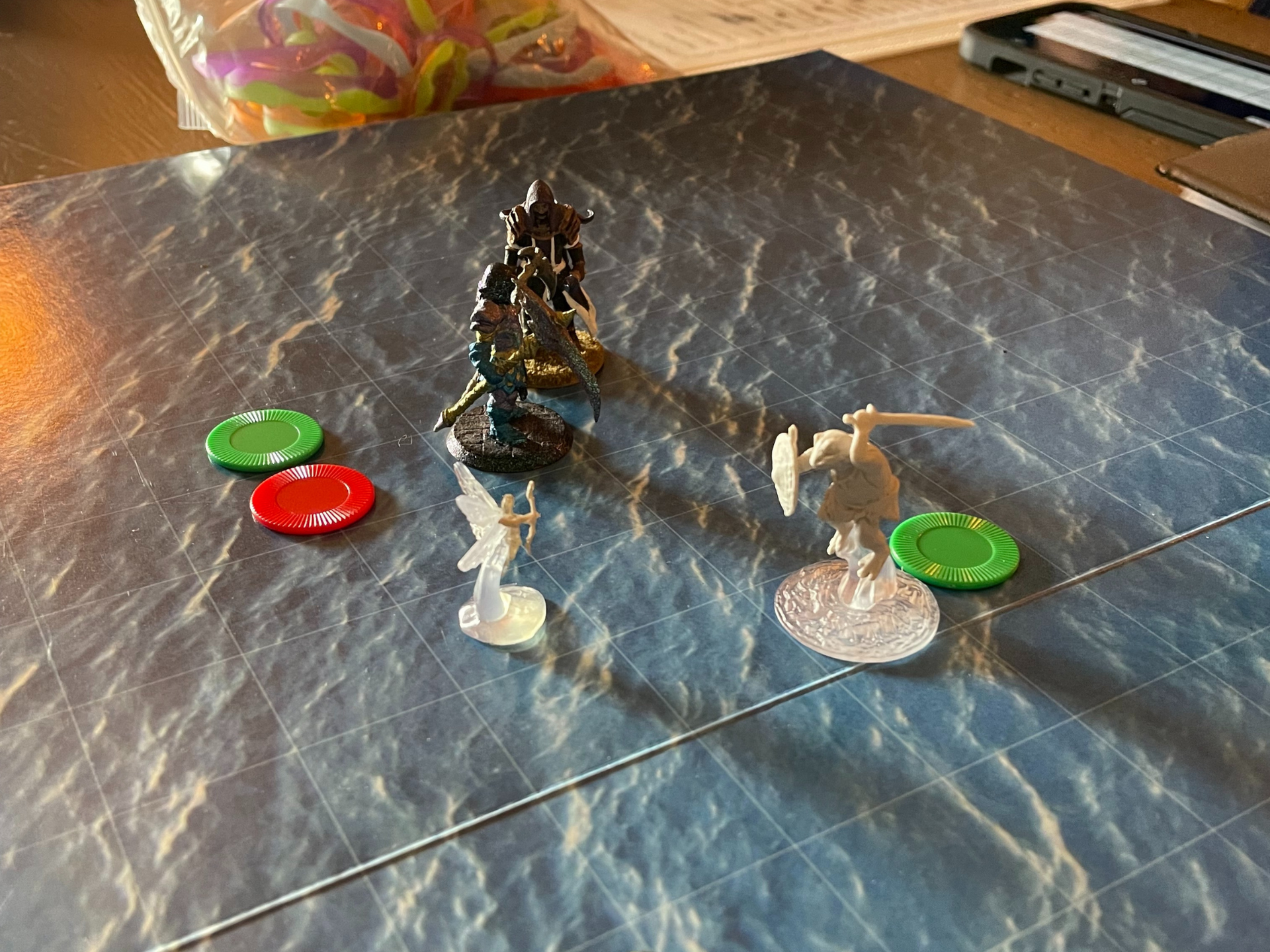
Other Haste-Like Effects
Even though the haste spell, specifically, is only accessible by the Archon class, many other classes are able to buff both themselves and others with initiative-increasing effects. As described above, since initiative in Eternity TTRPG is dynamic, any initiative increase comes with the wonderful possibility of actually increasing a character’s number of turns – very similarly to the actual haste spell.
Here are some of the most prominent classes, spells, and abilities that provide initiative buffs in Eternity TTRPG.
Judge – Core Class Spell
Vigilance: 4Range, the target gains +3Initiative. You can instead choose to continually maintain this Ability for 3Inspiration, per target.
- (Voice of the Realm) Also, up to 3 enemies in 2Range of your target, Strike Bonus vs. Resilience or, Faith vs. Resilience, gives all affected targets -3Initiative. This Critical effect cannot Double-Hit or give a Block.
- (Shield of Order) Gives +7Initiative. You can instead choose to continually maintain this Critical for 7Inspiration (and 0Wisdom), per target.
- (Swift Justice) Instant Action. When you use this Critical, you can’t use any more Wisdom this turn. 1turn Recharge.
Legionnaire – Specialization/ Critical Option
Superiority: up to 3 allies in 4Range, each move your respective Speed values -2 (rounded down). You (but not allies) can instead choose to move 2 spaces (regardless of current Speed value), if you prefer. 3turn Recharge.
- (Art of War) All affected allies also gain +7Initiative for 1turn.
Summoner – Specialization/ Critical Option
Eidolon (Magic): this Spell requires 2turns to cast, which do not need to be consecutive. You may “prepare” the first 1turn of this Spell even when no targets are in Range, then finish casting at any later time during the same battle that you’d like. You can only have one (1) summoner Spell “prepared” at any given time.
Up to 3 enemies in 4Range, -1Faith vs. Will, deals 1damage to all affected enemies.
(Double-Hit): deals 2damage. You can only Double-Hit one target each time you cast this Spell.
- (Enhanced Gateways) You also have +7Initiative while casting this Spell (for 2turns).
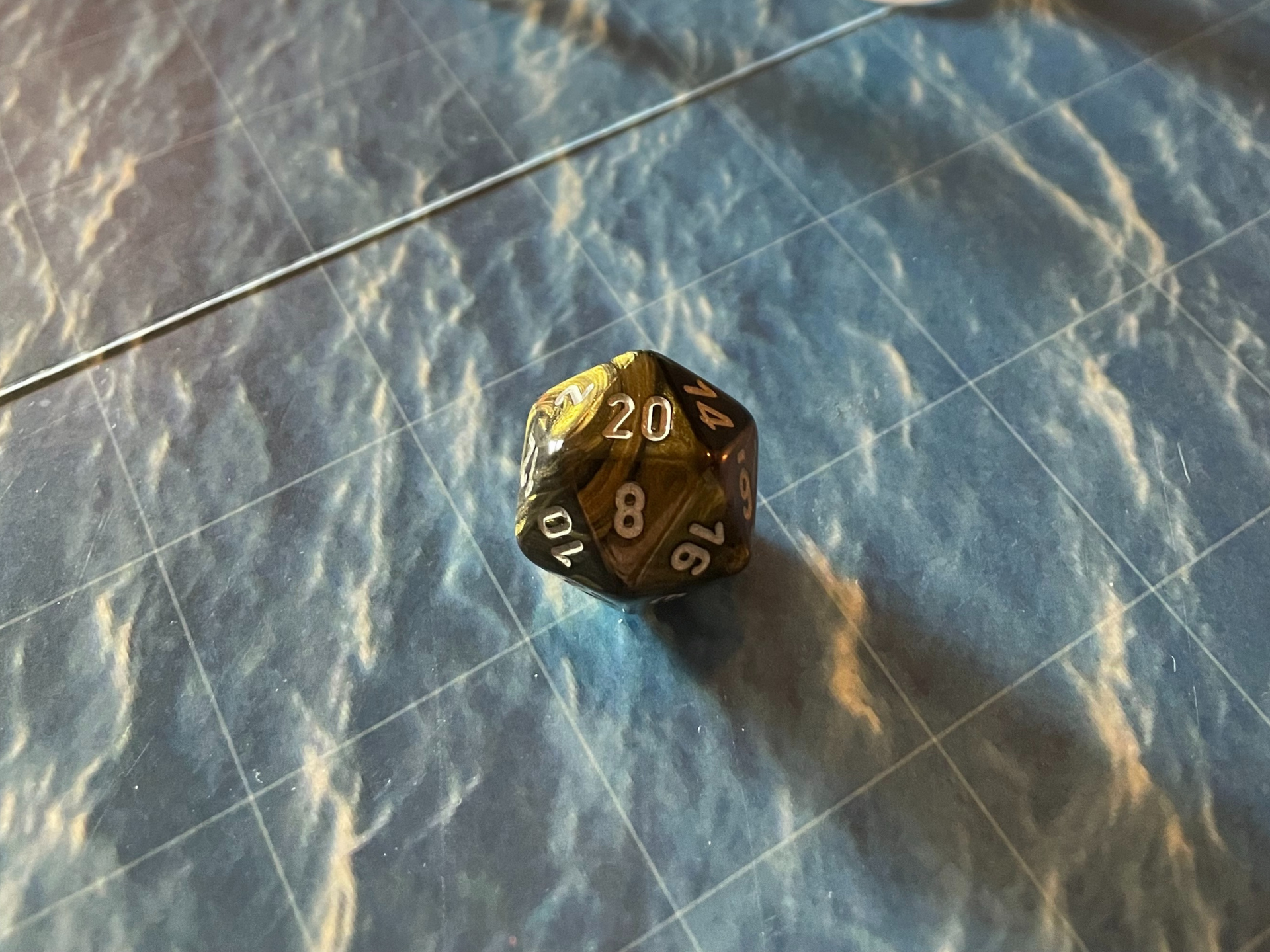
Counters to Haste in Eternity TTRPG
Haste may seem like it’s basically the best spell in the game since it not only provides characters with additional actions, but may even allow them to take more turns, overall, than their enemies.
However, the way that debuffs work in Eternity TTRPG – and especially damage over time effects – is that those effects either trigger, or have a chance to trigger, every time the target of the effect takes a turn. With a hasted character, since they’re probably taking far more turns than anyone else, they’re actually harmed quite a bit by debuffs.
So, if you’re fighting a difficult enemy who’s affected by haste, use some spell or ability on them that provides damage over time effects. Then, watch and laugh as all of their extra turns actually generate more damage to them than you could maybe ever do otherwise. With this simple counter, you can turn any high-initiative or hasted enemy into a liability for themselves.
Curious about the Eternity TTRPG Game System?
If you’ve read all this way and haven’t yet checked out Eternity TTRPG Game System yet, you may be very interested. What makes Eternity TTRPG different than other tabletop RPGs you’ve played?
Well, first off is the dynamic initiative system, which is wildly fun, and you just read about here. Second, Eternity is a multiple-game master system, meaning that everyone in the group may contribute as much (or as little) as they want to the game’s overall story, world, and more – all while playing their own character.
If you're curious about trying out a new TTRPG, check out the Eternity TTRPG Game System where you can learn more about how the game's played, races, classes, and a host of resources for getting started.
You can pick up an inexpensive PDF copy of Eternity TTRPG at the
Eternity shop. We’re a small, family-owned company, with a game system and site that are beginning to get big. But, we’ll never get so big that your support won’t be greatly valued and appreciated. If you do decide to check out the game, let me know what you think! Happy gaming.
Dice, Dungeons, Games & More - Eternity TTRPG
Share This Article

Author - Jacob Tegtman
Dear reader, I hope you enjoyed this article. Tabletop gaming has been a passion of mine since I was 6 years old. I've played just about every game from Dungeons and Dragons to video games like Final Fantasy. These games have inspired me, made me laugh, made me cry, and brought me endless hours of enjoyment.
I started Eternity TTRPG - and the indie tabletop game that goes along with it (Eternity Shop) - to share my love of gaming with others. I believe that in our technology-driven age, tabletop games help bring a sense of magic and community back into our world.
If you love the site, please share it with others! I have lots of gaming-related material for you to peruse and use in your own gaming sessions. If you have any questions about the site or want to contribute, just send me a message using the "Contact" page, which you can find in the site's footer.
